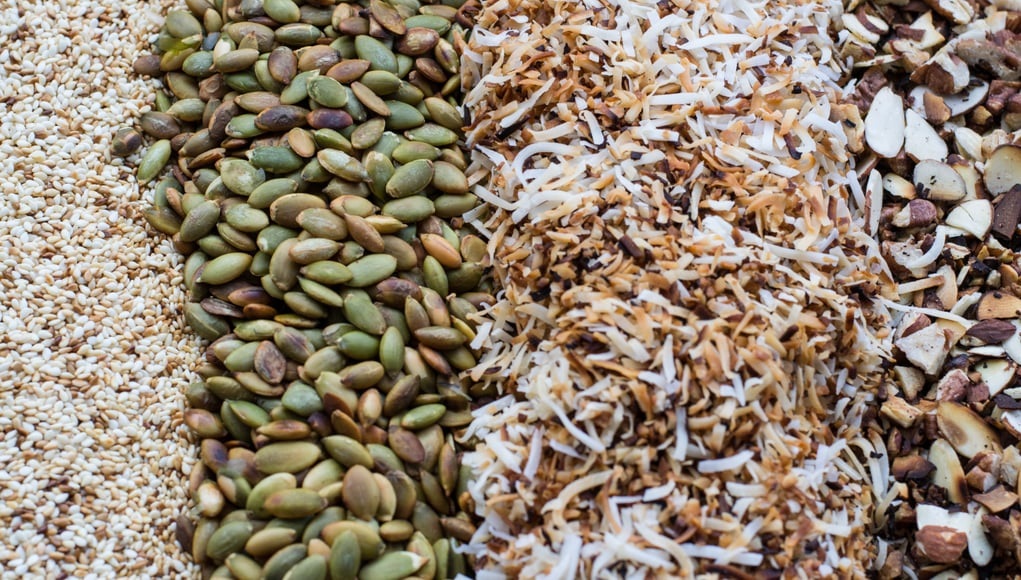Traditionally, farmers in animal agriculture depend on corn, soybean meal and grains to give animals the nutrients they need for growth and good health. But as demand for animal proteins increases and harmful outputs to the environment happen, the industry must become more sustainable. We will look at the most current advances in animal feed products that boost nutrition for livestock and aquaculture animals. Nutritional and environmental benefits, practical tips for companies and balancing science with ethics will be main topics during discussions.
New Kinds of Feed Ingredients
There are other plant proteins aside from soy and corn.
Now, more people are interested in peas, lupins, canola meal and similar ingredients which are becoming important choices to replace some of the soybean and corn used in feed rations. Plants and grains both contain important amino acids, vitamins and minerals needed for animals to grow properly. Additionally, producing canola and sunflowers takes up less land, less water and needs less synthetic fertilizer – giving it a sustainability advantage over soy by reducing its carbon and water footprints. Even so, before adopting dietary food, some major issues relating to batch sizes, nutrient blockers and finding them in stores have to be addressed.
There is now a new opportunity with insect proteins.
Black soldier fly larvae (BSFL), crickets and similar insects are rich in protein, healthy fats and beneficial nutrients, so they can be used as substitutes for regular feed in poultry, swine and pet foods. Greenhouse gas emissions from producing these animals are less than those from conventional farm animals. At the same time, increasing the volume of insect farming and improving how we convert insects into feed is very important. Such partnerships allow insect producers and feed mills to maintain consistent supplies and competitively reduce costs when compared to traditional feed.
Algae and Seaweed Help Pack in Nutrients
When added to animal diets, spirulina and chlorella, invest in omega-3 fatty acids, pigments, vitamins and antioxidants to ensure animals stay healthy, have a strong immune system and reach a good level of productivity. Ascophyllum and other seaweeds are high in minerals which change the structure of the gut so that nutrients are absorbed efficiently. Yet, because ocean ecosystems are important, it is necessary to practice sustainable ways of harvesting seaweed. When algal biomass production is linked to biofuels, nutrition or other fields, it can increase how profitable the process is.
Innovations in nutritional additives are improving animal feed.
People are finding that betaine, emulsifiers and amino acids contribute importantly to better gut health, absorption of nutrients and how animals resist stresses from diet or their environment. Something like Natura Betaine is an osmoprotectant that helps shield the cells in the intestines against drying out and encourages growth in animals. Being accepted in the commercial industry depends on data from trials and assessments that show safety and efficacy.
Biotechnological Advancements
Thanks to biotechnology, enzyme supplements, probiotics, antimicrobial peptides and nutrigenomic approaches help improve livestock and fish nutrition and productivity. But these new feed ingredients often have difficulties in large-scale production, keeping them safe, transporting them and getting them ready for manufacturing feed in large factories. Teamwork throughout the agri-food and technology chain can bring solutions to practice quicker.
What is the reason for ants in my bathroom and what should I do to get rid of them?
Sustainability and ethical aspects
When assessing new feed materials, environmental footprints checking land, water and carbon usage give important marks of sustainability. Life cycle analyses based on science can be used to help choose between alternative and traditional feeds. In addition, looking after animal welfare means animal welfare issues need to be considered from the initial stages of cultivating crops or making ingredients.
Factoring in Challenges and the Risks and Benefits
When looking at alternative feeds, obstacles such as supply and economic issues, organization and distribution challenges, the absence of proper regulations and such occur, most of all when considering emerging meals like those from insects. Crop breeders, ingredient producers and animal feed firms joining forces on the value chain can solve these problems by working closely through long-lasting agreements that include R&D.
Researchers should analyze how well nutrients are absorbed, any anti-nutritive effects, animal health/production data and so on to see if the diet works for animals and is cost-effective. Introducing innovative ingredients slowly, backed by good monitoring, makes it easier to adjust if needed. Taking this approach can help eliminate farmer concerns about the uncertainty of changing techniques. When communication with consumers happens about things like sustainability and health, it helps responsible use of feed ingredients.
Main Points
Because climate change causes concerns for protein security, animal agriculture groups are studying various alternative ways to feed animals that offer both benefits for nutrition, the environment and animal performance.
On the other hand, properly analyzing the practical and ethical aspects of making these innovative solutions is necessary to bring about their promise. Coming together, industry, academia and governments support the wider adoption of alternative ingredients besides soy, insect meal and marine ingredients. Following this method helps animals be raised to meet the world’s protein needs without harming the environment.



